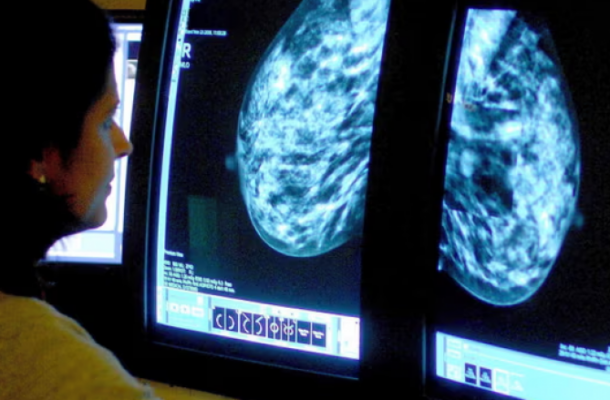Explore how doctors are harnessing Artificial Intelligence (AI) to predict side effects in breast cancer patients post-treatment. Discover the potential of this groundbreaking tool to enhance patient care and reduce treatment-related complications.
Introduction: In a significant breakthrough in cancer care, doctors have unveiled an Artificial Intelligence (AI) tool designed to forecast potential side effects in breast cancer patients following treatment. With breast cancer affecting millions of women worldwide annually, the development of this innovative technology holds immense promise in revolutionizing post-treatment care. Let's delve into the details of this pioneering AI tool and its implications for patient outcomes.
Addressing Treatment Challenges: The Need for Predictive Solutions
While advancements in breast cancer diagnosis and treatment have significantly improved survival rates, many patients grapple with debilitating side effects post-treatment. From skin changes to lymphedema and heart damage, these complications underscore the importance of proactive measures to mitigate risks and enhance patient well-being.
Harnessing AI Technology: A Collaborative Effort
Led by an international consortium of doctors, scientists, and researchers, the development of the AI tool marks a collaborative endeavor to leverage cutting-edge technology in the fight against breast cancer. This groundbreaking initiative aims to empower clinicians and patients with predictive insights into the likelihood of experiencing side effects post-surgery and radiotherapy.
Empowering Informed Decision-Making: Insights from Dr. Tim Rattay
Dr. Tim Rattay, a surgeon and associate professor at the University of Leicester, emphasizes the significance of informed decision-making in mitigating treatment-related complications. He highlights the tool's role in assessing the risk of chronic arm swelling, a common side effect post-treatment, and underscores its potential to enhance patient care and outcomes.
Clinical Trial Progress: The Pre-Act Initiative
As part of the Pre-Act clinical trial, the research team aims to enroll 780 patients to further validate and refine the AI tool's predictive capabilities. By identifying high-risk patients, clinicians can tailor treatment plans and offer additional support, potentially minimizing adverse effects and improving overall quality of life.
Expanding Predictive Capabilities: Future Prospects
Beyond lymphedema prediction, the research team is actively training the AI tool to anticipate other treatment-related side effects, including skin and heart damage. This multifaceted approach underscores the tool's versatility and potential to revolutionize personalized cancer care, ushering in a new era of proactive treatment strategies.
Innovative Imaging Techniques: Enhancing Treatment Decision-Making
In parallel developments, researchers have leveraged advanced imaging techniques such as CT scans to detect tumor spread, enabling clinicians to explore alternative treatment modalities like chemotherapy. This integrated approach exemplifies the synergy between technological innovation and medical expertise in optimizing patient outcomes.
Conclusion: The advent of the AI tool heralds a paradigm shift in breast cancer treatment, offering clinicians and patients invaluable predictive insights to navigate post-treatment challenges effectively. With ongoing clinical trials and expanding predictive capabilities, this innovative technology holds the promise of transforming cancer care, reaffirming the commitment to patient-centric approaches and improved treatment outcomes.


Comments